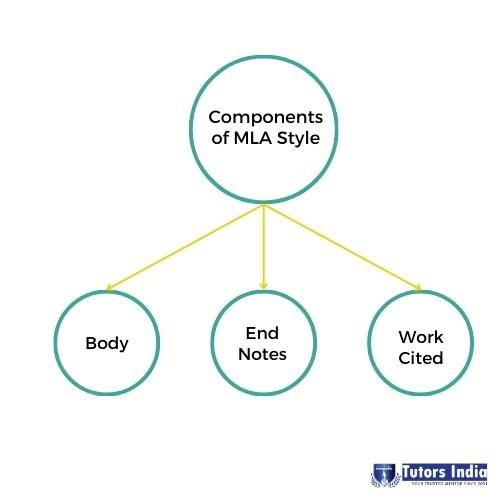A Guide On The Reference Formats: Vancouver & MLA Style
Introduction
The Reference citation is the evidence required to validate the paper for academic research guides for reference citation. It provides credible references for the claims, facilitates the reader’s access to those references, and admits that the information utilized in a paper did not come from the author. The citation style determines the information required for a citation Pandey et al. (2020), its arrangement, punctuation, and other formatting.
Vancouver Referencing
Vancouver is a numbered referencing style frequently used in science and medicine. It entails Textual references to other people’s work denoted by a number. For example, a reference list after the document is numbered in order and includes comprehensive information about each in-text citation.
Step for Vancouver Style Formatting
Each number in the reference list should correspond to a number in the text and be listed numerically. The list ought to come at the end of your writing. For example, books, journal articles in print or online, etc., must all be written in a specific format (Stringer, 2020).
Two formats are used to show references:
- At the end of the essay, include a reference list or bibliography and citations inside the text.
- Citation-sequence, citation-name, and name-year are the three most common in-text reference formats (Charing, 2022).
The Basics of Vancouver Reference Style
- Margin should be 1″. (2.54 cm).
- Times New Roman, as well as Arial 12 pt font size, is used.
- The essay’s text should typically be double-spaced, although your instructor may request that you utilize single spacing.
- A different number should be assigned to each author’s source in their article.
- When writing a manuscript for publication in a medical journal, the Vancouver referencing style is typically followed, and a cover page is unnecessary.
- If a title page is necessary, it must adhere to a specified structure and include the author’s qualifications and address.
MLA Referencing
MLA (Modern Language Association) style is used to cite sources format (Bailey et al., 2022). The MLA citation style has two parts:
- Short parenthetical citations incorporated into the essay’s body content are in-text citations.
- A “Works Cited” list that is alphabetically arranged after these references provide more information about the sources. This covers the primary and supplementary texts you utilized to complete your assignment. The works cited in your main text must match every entry on the Works Cited page.
Why MLA Style Is Used
- To make sure that academic writing consistently uses the English language.
- For the sake of clarity and navigational comfort, to guarantee uniform formatting and display of information.
- Ensure that ideas are correctly credited to their sources to maintain intellectual integrity (Jones, 2021).
 Figure 1. Components of MLA Style
Figure 1. Components of MLA Style
Basic MLA Formatting Guidelines
- The text should be the 12–point size on the paper. MLA demands that ordinary and italicized text be identifiable, regardless of the chosen font. It is common to propose Times and Times New Roman.
- Double-spacing should be used throughout the entire paper.
- All page margins should be one inch (top, bottom, left, and right), and the left-justified is required for all text.
- Every paragraph’s first line needs to be indented by 0.5 inches.
- Every page should have the top margin of a right-justified header 0.5 inches away and a left-justified, the last name, a comma, in this heading, along with the page number. The arrangement of the pages should be denoted by a Number system (1, 2, 3, etc.), starting at 1 on the title.
Conclusion
It provides us with a standard presentation or referencing format. For example, MLA and Vancouver Referencing Generator are one of the Styles for Formatting the Paper. Understanding the work’s historical context is helpful when there is support or a noteworthy remark. Therefore, it is possible to prevent plagiarism.
References
- Bailey, S., Blizzard, K., & Wagner, D. (2022). MLA Style Citation Tutorial. Library, University of Alberta.
- Charing, S. (2022). Vancouver.
- Jones, C. (2021). MLA Style. English 101: Journey Into Open.
- Pandey, S., Pandey, S., Dwivedi, S., Pandey, D., Mishra, H., & Mahapatra, S. (2020). Methods of Various Citing and Referencing Style:Fundamentals for Early Career Researchers. Publishing Research Quarterly,36(2),243–253.
- Stringer, L. (2020). Subject Guides: Referencing styles-a Practical Guide: Vancouver.
